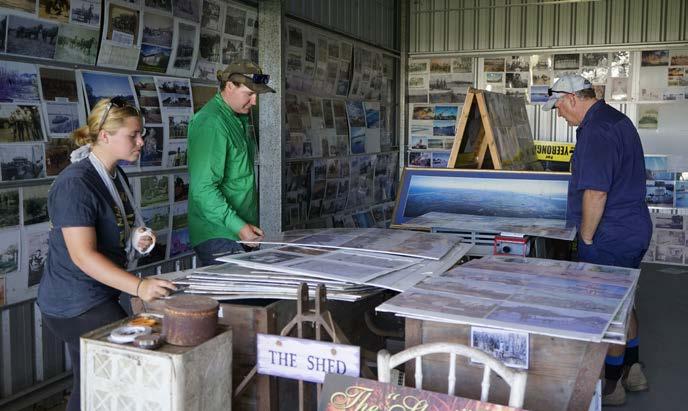
7 minute read
Keeping it in the family
BY ROBYN DEVINE
One family’s sugarcane heritage continues to quietly grow, nestled away in a unique piece of paradise.
The picturesque Goodwood Island is situated between the main channel of the Clarence River and the river’s north Arm near Iluka and Woombah, New South Wales Australia. The Clarence River region has a rich history in the sugarcane industry with the State’s first sugar mill built on the banks of the expansive river at Harwood in 1874 and remains the active local factory. Fourth generation sugarcane growers Doug and Paula Moss know just how charming this part of the world is, growing up Doug enjoyed watching dolphins swimming playfully in the river from his backyard, and their four sons Ashley (23), Hayden (22), Jackson (19) and Nathan (17) have enjoyed active childhoods while helping out on the farm, happily swapping school shoes for work boots most afternoons.
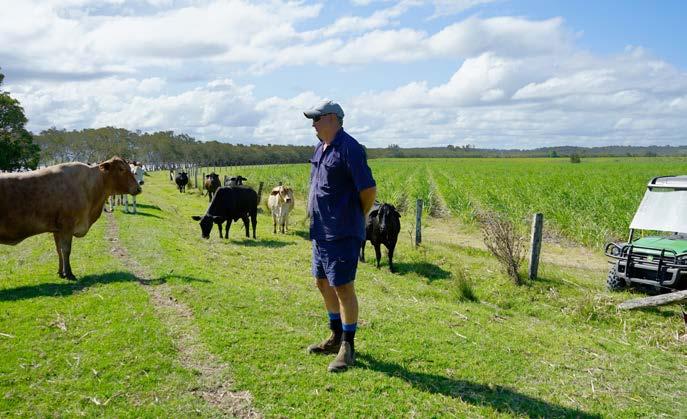
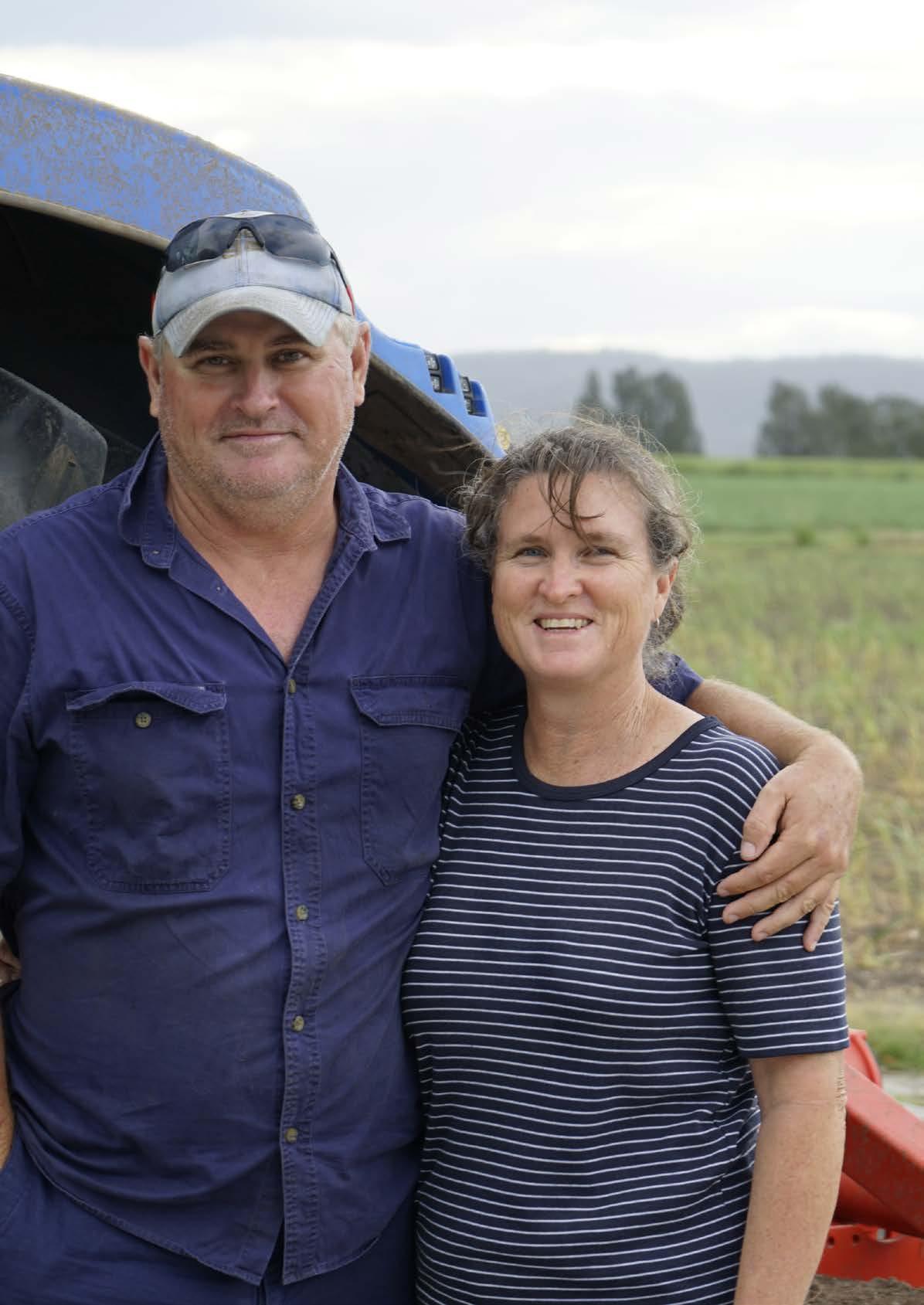
Despite deluging floods in recent years and the ongoing farming challenges to be dealt with like pest management, maintaining soil health and variable input costs, Doug maintains his belief that this part of the world is an idyllic location to go to work each day.
“The thing I like about here is that no matter where we are working, we can be watching blokes drifting around in the boats or jet skis, we can see the Harwood Mill stack, and there is always some movement on the roads. I don’t think we’ve got a paddock that we can’t see either the river or the road, there’s always some action happening.
“I used to work out west and you can feel like you are a million miles from anywhere, you could be out in the paddock for 12 hours and you might see a helicopter come in and do a bit of spraying, but other than that you see no one until you get back to the house. But not here, it’s never boring,” Doug said.
“With a good run through the Gold Coast, it’s close to three hours to Brisbane, and it’s only a few hours if you want to go up on the Tableland. And as far as the fishing goes, well this stretch of water is terrific. There is blackfish, mulloway and flathead. The kids enjoyed fishing here, but we don’t get out there often enough.
“Our kids have had plenty of outdoors growing up here, they would put the boat in or ride bikes around, and go fishing and camping, a few of their mates might pull up in their boats and they’d camp for a few nights.”

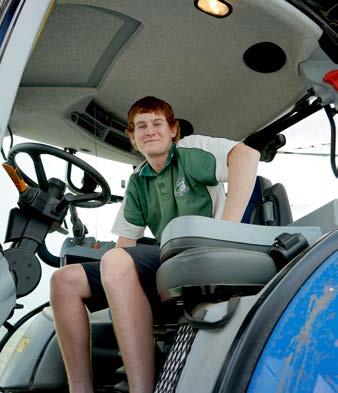
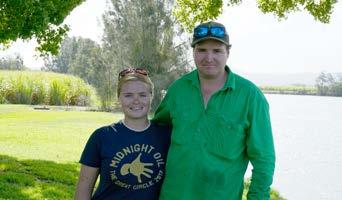
“We know how good it is we would never, never sell. Mind you we’ve had offers,” Doug laughed.
Being the southernmost part of the Australian sugar industry, the industry in NSW has had to adapt to growing cane in a temperate climate which brings some unique challenges.
These include severe weather (flood, frost and drought), low temperatures and wet winters, and the industry has developed farming systems based around one and two-year cropping cycles.
With approximately 700 acres under cane across the entity’s two farms Doug acknowledges the different farming practices across the states include the smaller window of time available to plant in the Northern Rivers location.
“We can only Spring plant, we start in September, and you don’t really like going into December, because it’s almost a waste of time going past that,” Doug said.
“I haven’t gone much further north than Bundaberg, we have family living there and we went during our offseason, and I got surprised to see growers planting cane in March or April.
“Here, we’re planting cane all day and then burning at night to get the cane off the next day. It’s a really small window due to the weather.”
Another challenge that faces growers is pest management and while there are feral pigs in NSW, Doug said his personal challenges with pests on farm are the kangaroos that migrated onto the island decades ago to escape fires.
“They’ve just bred and bred and now there’s probably a couple of thousand of them in there and when it gets dry, they come and mow the cane out. There’s too many and I can’t do anything and there’s no real predators to reduce their numbers naturally as this is not their normal environment,” Doug said.
“I just wish I could take them back out to the National Parks.”
Like their northern neighbours across the border, the region has lost cane over the decades to mixed farms including macadamia trees and urban encroachment.
NSW has had to adapt to growing cane in a temperate climate
Ashley has been working off farm as a technical assistant with NSW Department of Primary Industries (DPI) in Grafton in cropping research and takes the lead with the family soybean crops.
“Ashley is into the soybean side of things, but this isn’t great soybean country. You’re only going to get little bit of pocket money out of it here,” Doug said.
“It’s just that we’re set up for, you know we’re cane farmers were set up for growing cane.”
Both Ashley and Jackson have participated in NextGen Conferences in the past and bring that knowledge back to the business. With Ashley attending the conference at Mackay in 2017 at the same time that Cyclone Debbie crossed the coast, while Jackson had a less eventful but still informative conference in Bundaberg in 2021. Jackson’s field trip included going out on a farm that showcased sustainable crop rotation.
We can only Spring plant, we start in September
“The grower makes his own compost, he’s minimum till so he spreads his compost on his rows and then he plants his rotation crop, peanuts,” Jackson said.
“It was pretty cool, he fired the tractor up and showed us how he turns his compost. It was really good.”
Both Paula and Doug are passionate about the importance of being active in the industry and going to these types of activities for the younger generation.
“We always try to be involved, might be Nathan’s turn next, it’s good to create the interest for the younger ones,” Doug said.
“There are not that many grower families around here with their kids working in the industry,”
Paula said they have always wanted their kids to follow their own path.
“We want the kids to do their own thing, unless your born into it and have that full understanding it’s not easy. There are good times but there’s really tough times.
“I’m happy for the boys to get their trades and come back if they want to, they’re very welcome and they all have a good interest in it but by no means is there an expectation.”
Paula said that although she works as a nurse in town, during the season, no matter what all the family pitch in. It is truly the family business with all hands-on deck as needed.
“We get on the tractors as directed by Doug, as we are the support crew,” Paula said.
The four sons have recently purchased a neighbouring farm together, in a joint partnership, and are busily harvesting. The future is looking rosy for the Moss family in their idyllic location in northern NSW.
